|
Grab a coffee folks – this is a long one! With lots of photos.
So….the cost of a day at Busch Gardens is $88 USD per person. Then they charge you another $40 USD per person for any of the good tours. You can’t bring your own food or drink into the park. I’m sure it is worth it, but having just visited the amazing Sunken Gardens, we went in search of alternatives to Busch’s Safari Tour. We found the Clearwater Marine Aquarium and Mote Marine Laboratory and Aquarium and did both for less money. Clearwater Marine Aquarium This is a rescue facility. They take orphaned and rescued marine animals, treat, rehabilitate and, if possible, release them back into the ocean. They have some animals that can not be released due to their injuries, conditions or being raised in captivity because they were orphaned. These animals are provided with a safe environment to live out their lives, educate the public and provide research opportunities to further the care and recover of others. One dramatic example of this was Winter – an injured dolphin fitted with a prosthetic tail fin to help her swim more normally. There are also sea turtles, pelicans, sharks, and stingrays. Presentations throughout the day at the various massive tanks told their stories and talked about the animals’ habitats, behaviours, and threats. Truly admirable facility. A highlight of our visit to this aquarium was the educational and fun playtime with Rudolph and Rex. These are 2 juvenile rough-toothed dolphins that were rescued from being stranded on Sanibel Island and brought to the centre in critical condition. Upon recover, it was discovered that both dolphins were deaf – one completely and the other mostly. As dolphins rely heavily on echolocation for food, this meant they could not be released and survive. We learned that dolphins LOVE to play, can distinguish shape and colour and respond heartily to physical affection. Only positive reinforcement is used in training and they always have a choice about doing what they want at the centre. Clearly they enjoy the attention as both were very obliging in showing us their impressive skills. We also did Clearwater’s Sea Life Safari Tour. The sea life was a little scarce this particular day, but a short net drag produced a lizard fish, sea urchin, sand perch, sea star and squid. We saw lots of birds – a female osprey returned to its nest atop a channel marker, lots of the local brown pelican that we learned can scoop up to 3 gallons of water in its pouch when fishing! We also saw a bevy of herons, egrets, sea gulls, plovers and other sea birds on Bird Island. This is a little sand island preserve sitting off shore that you can be fined heavily for setting foot on. Oddly, Clearwater also has an assortment of motion-activated animatronic dinosaurs. I thought at first that this was to provide information on marine dinosaurs, but the big land ones are there as well. Not sure what this is about – perhaps to provide another point of interest against the competing attractions. And it is interesting! Each dinosaur display has a story and some information about the animal. Mote Marine Laboratory and Aquarium WOW! Right up there with the rocket launch. Founded in 1955 by Dr. Eugenie Clark, who was fascinated with sharks and began research on this misunderstood animal, the centre grew to be a world-class presentation centre and facility. The displays of marine life were engaging and teeming with interesting facts and information told at a layman’s level. In addition to this, Mote is a research facility with a focus on sustaining, protecting and rejuvenating critical marine environments. A host of educated volunteers are present throughout the centre to provide information on the marine life displayed. We met an alligator in the best way possible – with protective glass between us – and watched river otters at play. We learned that:
Ironically, following our visit to the marine centre, we went across to The Old Salty Dog restaurant and had a basket of peel-and-eat and deep-fried shrimp and fries. Like Billy’s Rock Crab the other day, this restaurant is worth the stop if you are in the area.
0 Comments
Leave a Reply. |
AuthorWrite something about yourself. No need to be fancy, just an overview. ArchivesCategories |


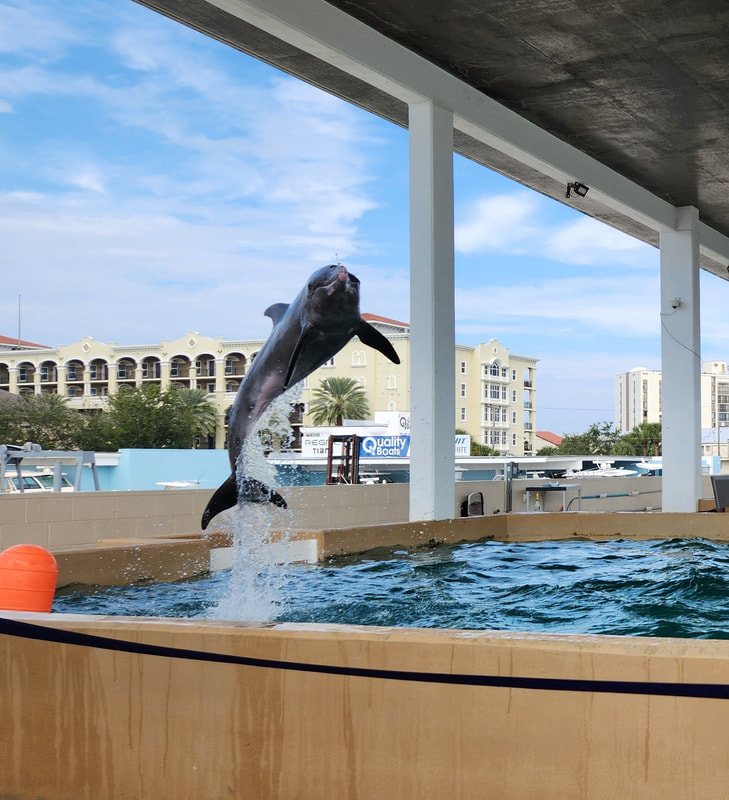
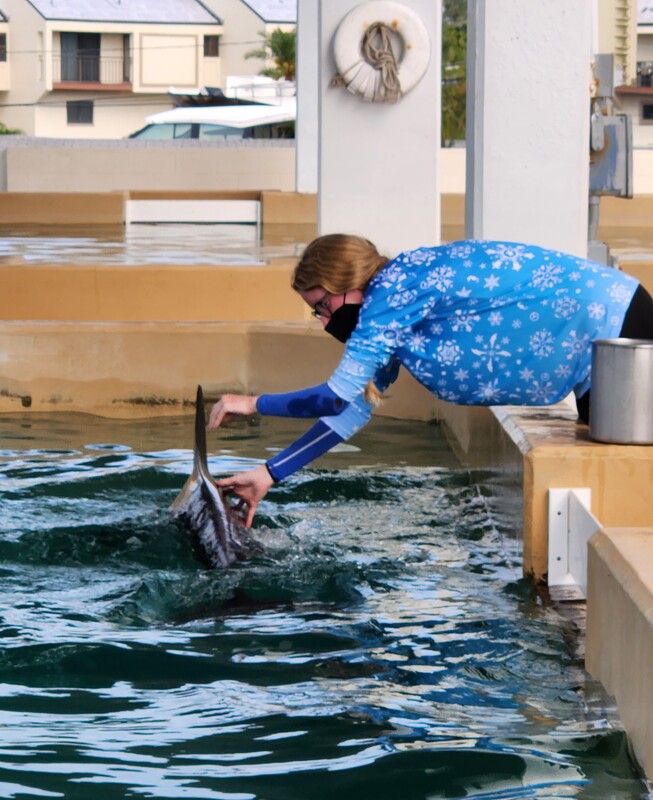
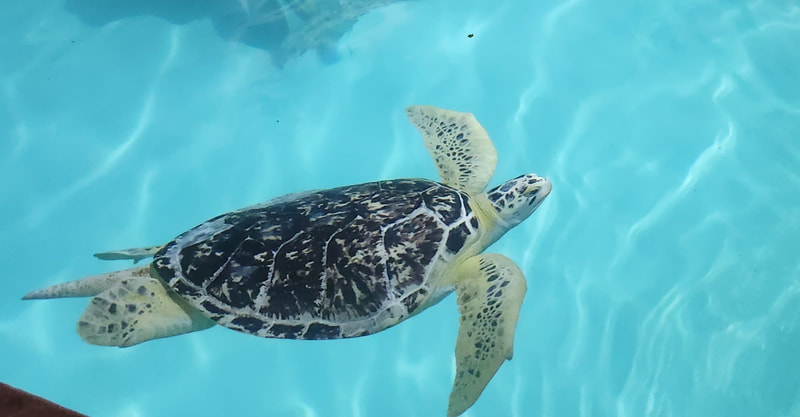


























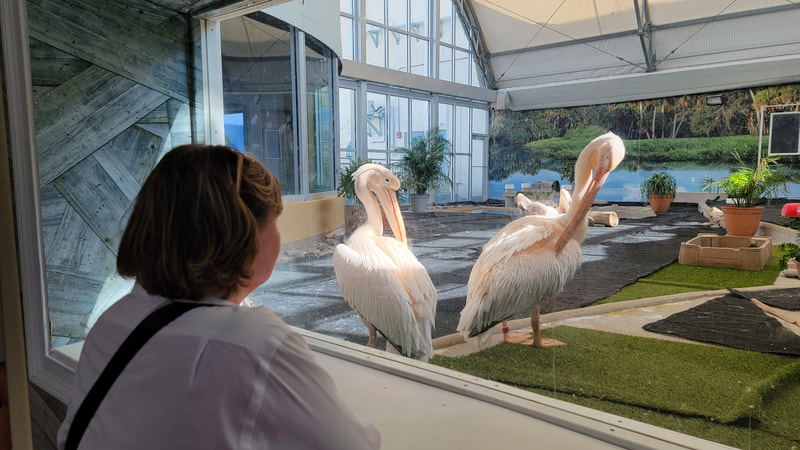
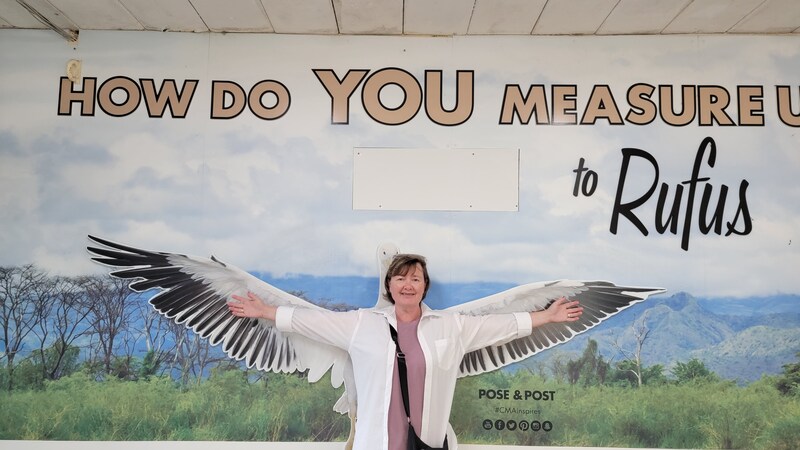
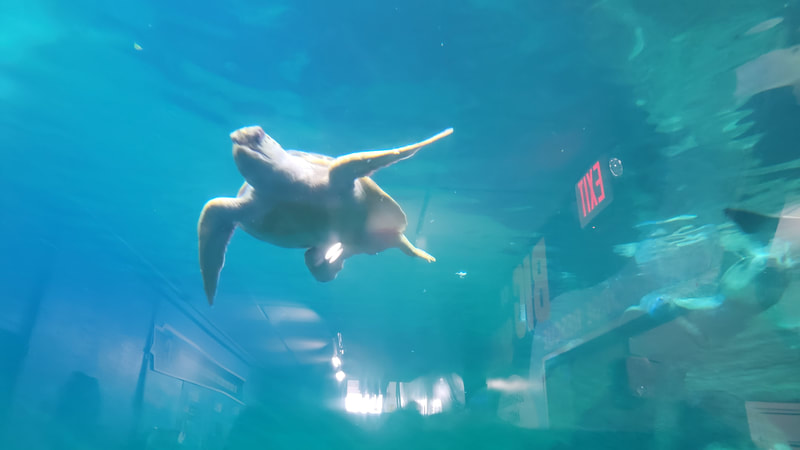

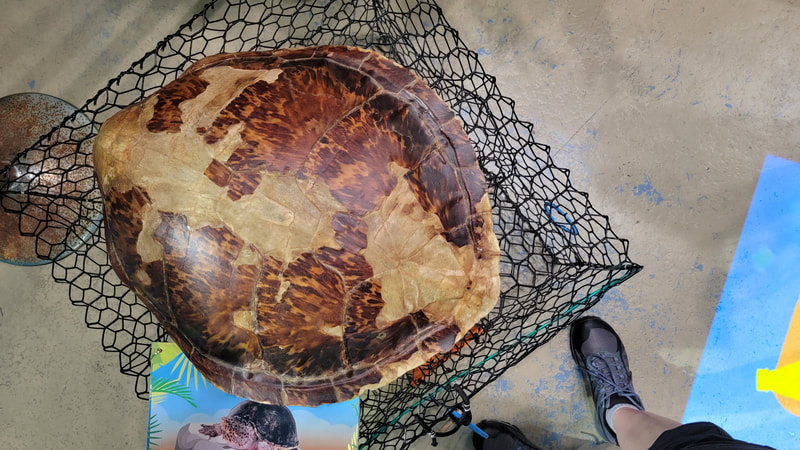
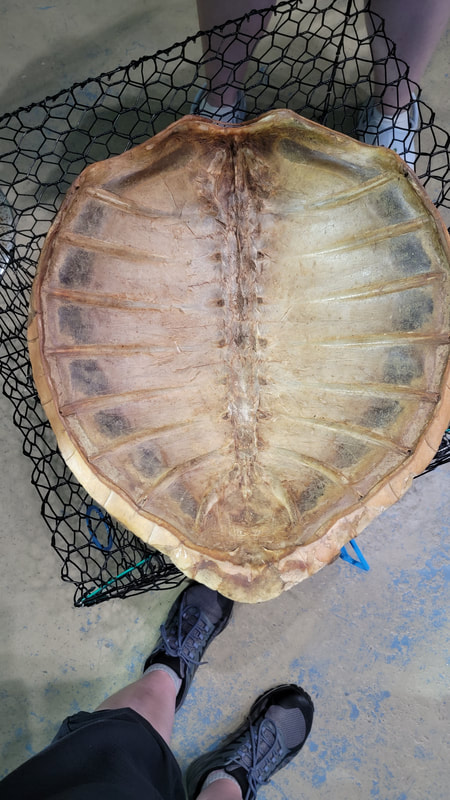
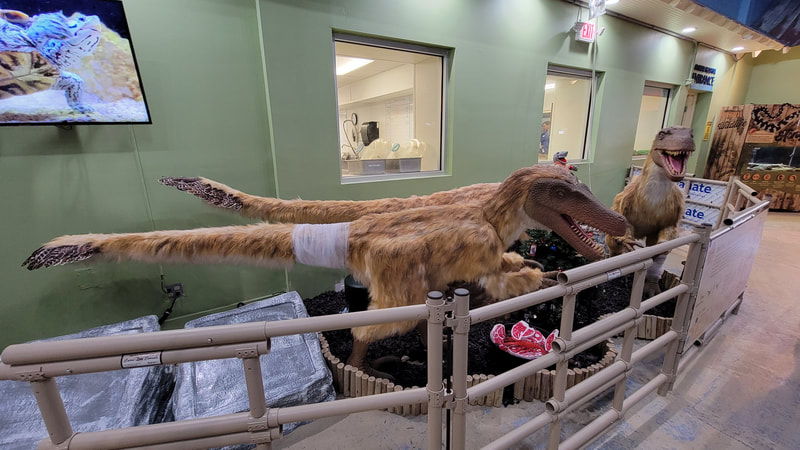
 RSS Feed
RSS Feed